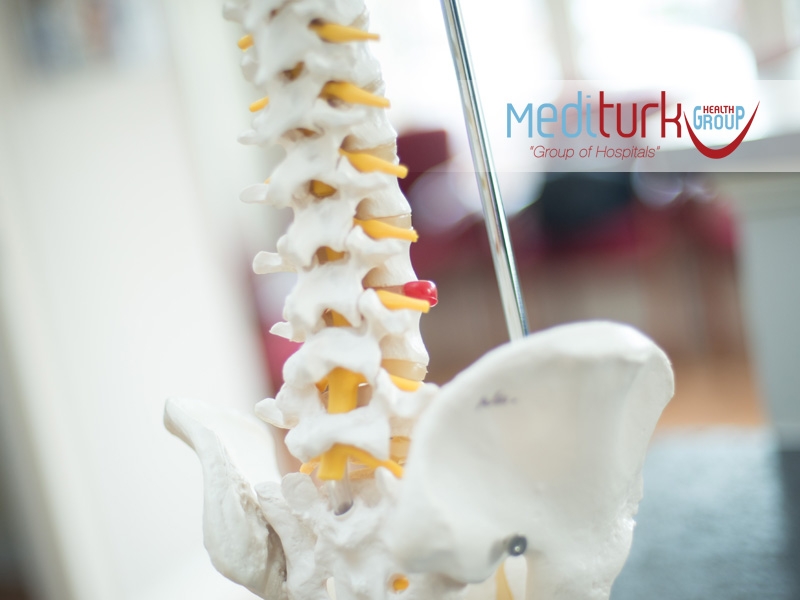- Executive Healthcheck
- ENT
- Chronic Diseases
- Alternative Medicine
- Cosmetic/Plastic Surgery
- Dentistry
- Detox
- Addiction Treatment
- Anti Aging
- Ayurveda
- Cancer Treatment
- Eye/Lasik Care
- Fertility Treatment
- Gynecology Treatment
- Hair Transplantation
- Heart Care/Surgery
- Infertility / IVF
- Laparoscopic Surgery
- Laser Surgery
- Medical Spa Treatment
- Neurology
- Obesity/Bariatric Surgery
- Organ Transplant
- Orthopedic/Knee Surgery
- Pediatric Treatment
- Rehabilitation
- Robotic Surgery
- Skin Care
- Spine Care/Surgery
- Sports Medicine
- Stem Cell Therapy
- Urology
- Vascular Surgery
- Yoga/Meditation
Spine Care/Surgery

Spine Surgery and Treatments – An Overview
Many of us don't realize how much we use our backs, or how important spine care and health is for daily living until we somehow injure our backs in auto accidents, playing sports, or as the result of old lifestyles and living habits. The spine is a vital aspect of movement; without a spine, we would not be able to bend over and touch our toes, turn sideways, or anything - without a spine, we are rendered motionless.
The spine is the protective bony casing for the spinal cord, the nerve pathways that connect every part of the body with the brain. The spinal cord tells our muscles and bones how to move, to react to pain, to bend, twist, walk and wiggle our little finger. Spine care health is essential for optimal health and fitness, but a multitude of injuries and disease processes can affect the spine.
Common Surgery for Spine Injuries and Conditions
Some spine injuries are caused by trauma, while others are caused by internally degenerative conditions that accompany age or some disease processes. They can include but are not limited to:
Spinal Stenosis –(Spine stenosis surgery)
Herniated disks
Thinning or degenerative disks
Pinched nerves
Bone spurs
Sciatica
Spinal arthritis
Common Spine and Joint Care Surgical Treatments
Treatments and surgeries for spinal conditions and injuries will depend on the type of injury, the degree of severity, and options available for such injuries or disease processes. For instance, the approach to treatment for a spine afflicted with arthritis will differ from a treatment for a pinched nerve or a herniated disk. Dozens of spine care procedures and surgeries that treat a multitude of neck, back and spine problems are available today. Here are just a few:
Treatments for Spine Care and conditions may include:
Cervical Procedures – (Cervical spine surgery, anterior cervical spine surgery)
Cervical Endoscopic Discectomy
Cervical Fusion
Thoracic Spine Surgery Procedures
Transthorasic Decompression
Costotransversectomy
Video Assisted Thoracoscopy Surgery (VATS)
Lumbar spine surgery Procedures
Thermal Annuloplasty
Lumbar Endoscopic Discectomy
Interspinous Process Decompression (X-STOP)
Minimally Invasive Spine Surgery (MIS)
Endoscopic spine surgery procedures
Laserscopic spine surgery
Some of the most common treatments for spine care for conditions include:
Spinal Fusion - joins two vertebrae together, which helps to reduce or eliminate movement or motion between vertebrae
Lumbar Disc Replacement - replaces an injured or diseased disk in the lower back region
Cervical Disk Replacement - replaces an injured or diseased disk in the neck region
Laminaplasty - procedure that relieves compression of the spinal cord in the neck area of the spine
Laminectomy - involves removing of the laminal (top or roof of a vertebrae) from the spinal column to allow more room for the spinal cord and nerves
Laminotomy - involves trimming or removing some of the laminal from the spinal column
Who Benefits from Spine care Surgeries and Procedures?
Anyone suffering from pain or limited range of motion may benefit from spine care procedures and surgeries. However, your doctor will take many things into consideration before suggesting a specific treatment or surgery for spine procedure, such as age, weight, occupation, overall general health, and the benefits of a particular procedure or surgery.
Those suffering from low back pain, sciatica, injuries and deformities may benefit from spinal surgeries, but patients and individuals should realize that spine care surgeries always carry some risk. Always discuss these risks with your physician and chosen surgeon and make sure you understand both the risks and benefits and likely outcomes associated with any type of surgical procedure in regard to your particular case or expected outcomes.

